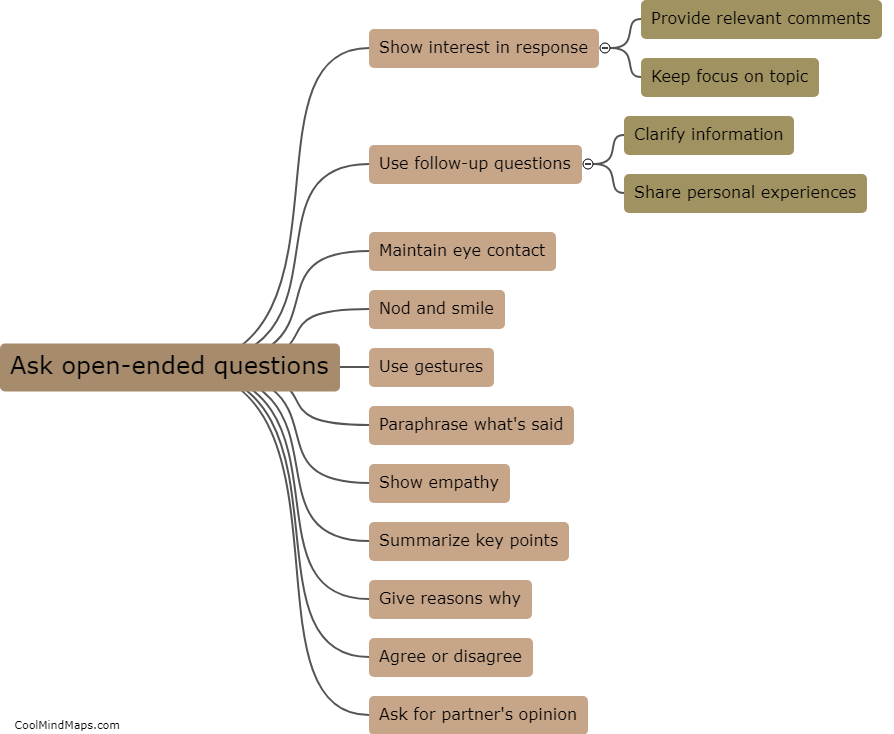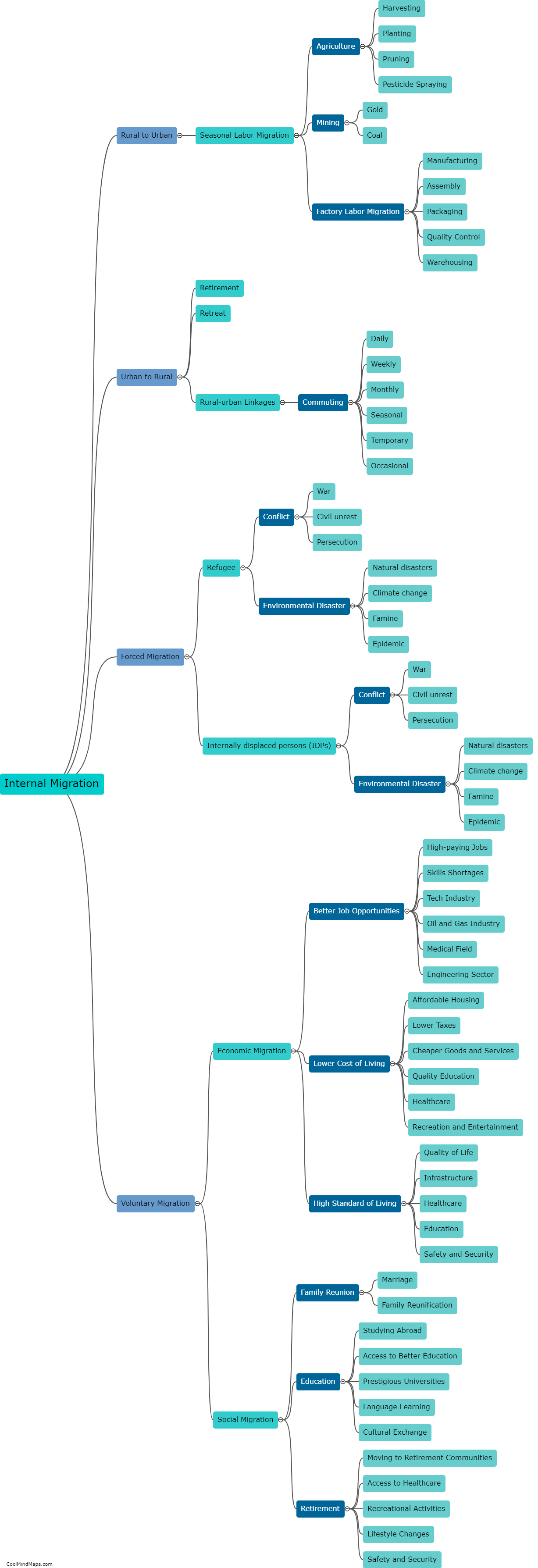How are tools implemented in the regulation process in Nepal?
In Nepal, tools are an essential component of the regulation process, aiding in monitoring and enforcing various laws and regulations. The government and regulatory bodies utilize a combination of traditional and modern tools to ensure compliance and maintain orderly operations across different sectors. These tools include legislation, policies, guidelines, inspection systems, databases, reporting mechanisms, and monitoring technologies. Legislation and policies set the legal framework, outlining the rules and requirements for businesses and individuals to follow. Inspection systems and reporting mechanisms allow authorities to conduct regular checks and gather information to ensure compliance. Databases are used for record-keeping, analysis, and tracking of regulatory activities. Additionally, the adoption of modern monitoring technologies, such as remote sensing, GPS tracking, and data analytics, further enhances efficiency and effectiveness in the regulatory process. The implementation of these tools contributes to the overall functioning and effectiveness of regulatory measures in Nepal.

This mind map was published on 26 November 2023 and has been viewed 135 times.











